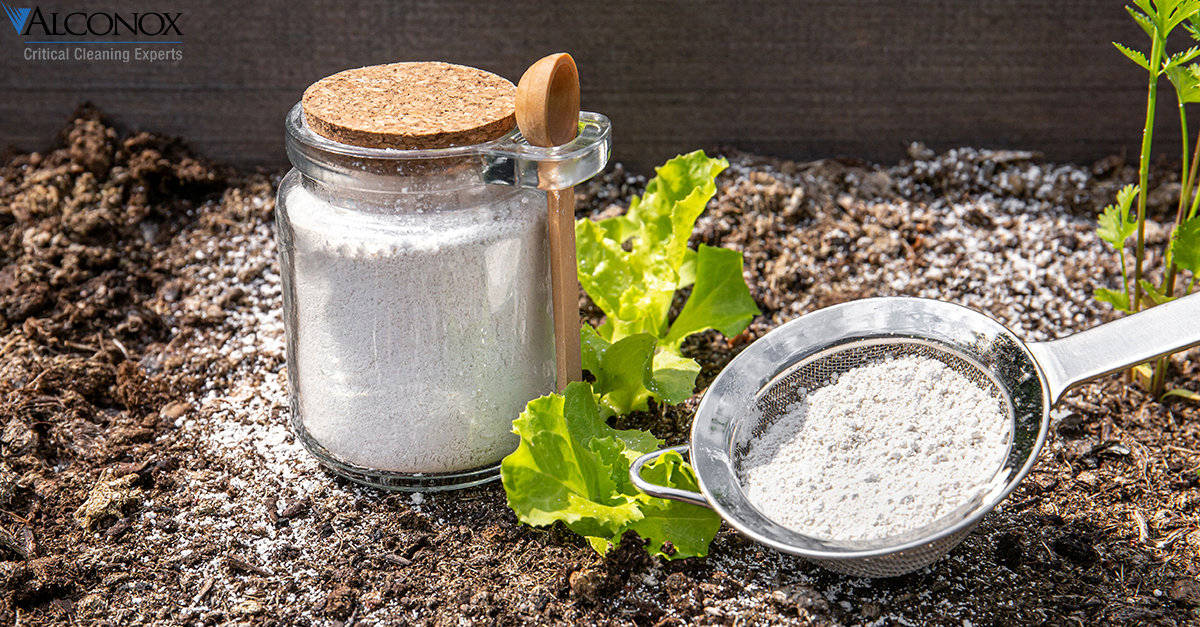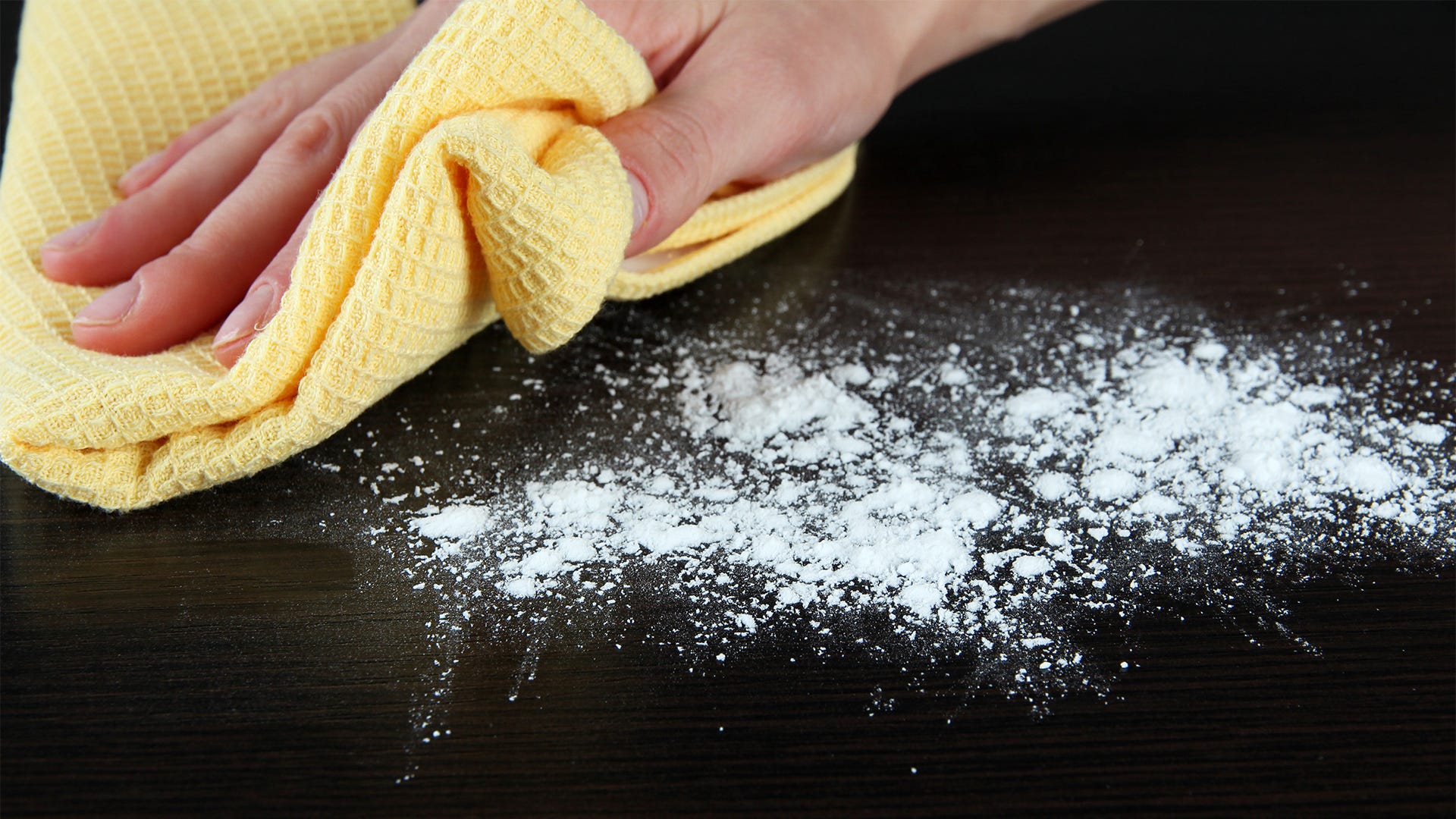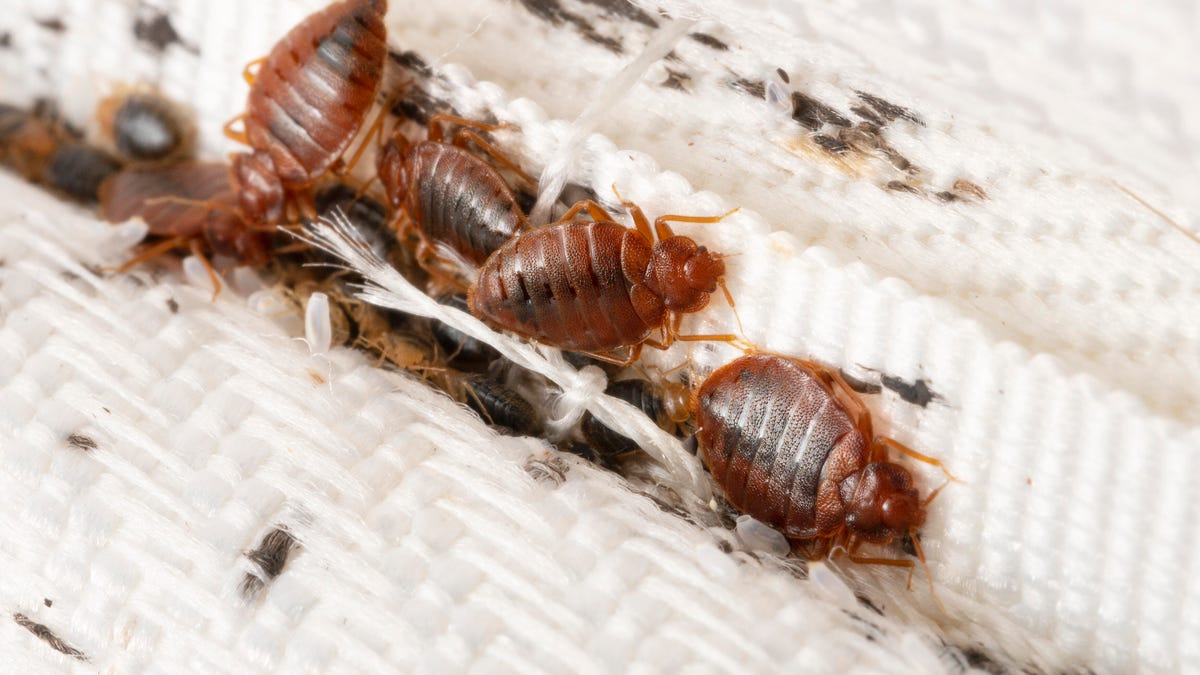Physical Address
304 North Cardinal St.
Dorchester Center, MA 02124
To clean up diatomaceous earth, simply use a broom and dustpan or vacuum cleaner. Diatomaceous earth is a popular natural pest control and household cleaning product.
It is also commonly used in filters and as a nutritional supplement. However, cleaning up diatomaceous earth can be a bit challenging due to its fine and dusty nature. We’ll discuss some effective methods for cleaning up diatomaceous earth without creating a mess or spreading it around.
By following these steps, you can safely and efficiently manage the cleanup process in your home or workplace. Whether it’s spills, residual dust, or general maintenance, knowing the right techniques for cleaning up diatomaceous earth is essential for maintaining a clean and healthy environment.
Discover the best way to clean up diatomaceous earth effectively. Learn useful tips and techniques for getting rid of this natural cleaning agent without any hassle.
Understanding Diatomaceous Earth Diatomaceous earth (DE) is a naturally occurring sedimentary rock that is formed from the fossilized remains of diatoms, a type of hard-shelled algae. The rock is crumbled into a fine, powdery substance, making it an incredibly versatile and sustainable material. Natural Composition ——————— Diatomaceous earth is composed primarily of silica, a naturally occurring compound that contributes to its unique properties. This fine powder also contains small amounts of other minerals such as calcium, magnesium, and iron, giving it additional benefits for various applications. Common Uses ——————— Diatomaceous earth is widely known for its diverse range of uses, including: 1. Pest Control: Due to its abrasive texture, diatomaceous earth is commonly used as a natural and non-toxic insecticide, effectively controlling pests such as ants, bed bugs, and fleas. 2. Filtration: It is utilized in water filtration systems and as an ingredient in swimming pool filters due to its high porosity and ability to capture impurities. 3. Agriculture: DE is often used in agriculture to control pests, improve soil health, and promote plant growth, providing a natural alternative to chemical pesticides and fertilizers. 4. Personal Care: It is a common ingredient in products such as toothpaste and facial scrubs due to its gentle abrasive properties and ability to absorb excess oil. Cleaning up Diatomaceous Earth —————————- Cleaning up diatomaceous earth may be necessary after using it for pest control, filtration, or other applications. When cleaning up diatomaceous earth, it’s essential to adopt the proper methods to ensure effective removal without causing unnecessary dispersion of the powder. Here are some tips on how to clean up diatomaceous earth efficiently: 1. Vacuuming: Use a vacuum cleaner equipped with a high-efficiency particulate air (HEPA) filter to effectively remove diatomaceous earth from surfaces. This method helps contain the fine particles, preventing them from becoming airborne. 2. Damp Cloth or Mop: Wiping surfaces with a damp cloth or mop can help eliminate remaining traces of diatomaceous earth, especially on hard surfaces such as countertops or floors. 3. Outdoor Disposal: When cleaning up diatomaceous earth used for pest control, ensure proper disposal according to local guidelines to prevent unintended harm to beneficial insects or animals. By understanding the natural composition and common uses of diatomaceous earth, you can effectively utilize and clean up this versatile and eco-friendly substance.
Credit: technotes.alconox.com
Before cleaning up diatomaceous earth, it’s crucial to prepare properly to ensure efficient and safe removal of the substance.
Once you’ve successfully used diatomaceous earth to address your pest problems, it’s important to clean up the residue left behind. This will help ensure a clean and safe environment in your home. Here are a few effective cleanup methods:
One of the simplest and most efficient ways to clean up diatomaceous earth is by sweeping or vacuuming it. Using a broom or a vacuum cleaner with a HEPA filter, gently sweep or vacuum the affected areas, making sure to collect all the powder.
It’s important to note that diatomaceous earth can be quite fine and may become airborne during the cleaning process. To mitigate this, it’s recommended to wear a dust mask or respirator while sweeping or vacuuming. This will help prevent inhalation and ensure your respiratory system remains protected.
For areas that are not suitable for sweeping or vacuuming, such as hard surfaces like countertops or floors, wiping and mopping can be an effective cleanup method. To do this:
Remember to use gentle and non-abrasive cleaning agents to avoid damaging the surfaces.
It’s important to regularly clean your cleaning tools as well to prevent the buildup of diatomaceous earth. This can be done by rinsing them thoroughly or washing them with soap and water.
In conclusion, using a combination of sweeping and vacuuming, as well as wiping and mopping, will ensure a thorough cleanup of diatomaceous earth residue. By following these simple cleanup methods, you can maintain a clean and pest-free environment in your home.

Credit: www.saferbrand.com
When cleaning up diatomaceous earth, it is important to target specific areas with precision. This ensures a thorough and effective removal process without unnecessary waste or residue.
To clean up diatomaceous earth residue, use a vacuum with a HEPA filter or damp cloth. Avoid stirring up dust, wear a mask, and clean surfaces thoroughly. Regular maintenance is key to prevent buildup and ensure a healthy living environment.

Credit: www.cnet.com
When it comes to using diatomaceous earth for pest control or as a natural deodorizer, efficient cleanup is essential. The tiny particles in diatomaceous earth can become airborne, causing a messy cleanup process. Here are some tips for effective cleanup to help minimize the hassle and ensure a clean environment.
To minimize airborne dust when cleaning up diatomaceous earth, dampen the affected areas with water before starting the cleanup. This will help to weigh down the particles and prevent them from becoming airborne. Additionally, using a dust mask and gloves is crucial to protect yourself from inhaling or coming into contact with the fine powder. When sweeping or vacuuming diatomaceous earth, consider using a HEPA filter vacuum to trap the particles and prevent them from circulating in the air.
Frequent monitoring of the areas treated with diatomaceous earth is essential. Regularly check for residual dust build-up and promptly clean any accumulated powder. By staying proactive and addressing the cleanup promptly, you can prevent excessive build-up and maintain a clean environment. Regularly inspect and clean surrounding surfaces to ensure that the diatomaceous earth particles are not spreading to other areas.
When working with diatomaceous earth, it's crucial to prioritize safety precautions in order to ensure a clean and hazard-free environment. By taking the necessary protective measures and following the appropriate disposal methods, you can effectively manage diatomaceous earth while minimizing potential risks.
Before handling diatomaceous earth, ensure the use of proper protective gear to shield yourself from potential irritation or inhalation. This includes wearing a dust mask, safety goggles, gloves, and long-sleeved clothing to prevent direct contact with the skin.
When it's time to clean up diatomaceous earth, it's essential to embrace the proper disposal methods to avoid environmental contamination. Utilize a damp cloth or disposable towel to collect the debris, ensuring that it is carefully sealed in a plastic bag and promptly disposed of in an outdoor waste receptacle to prevent any potential exposure.
Cleaning up diatomaceous earth doesn’t have to be a hassle. By following these tips, you can efficiently remove diatomaceous earth residue from your home. From sweeping to vacuuming and wiping surfaces, there are various methods to ensure a clean and dust-free environment.
Remember to take precautions when handling diatomaceous earth and dispose of it properly. So go ahead and clean up with ease, without leaving any traces of this effective but messy natural ingredient.